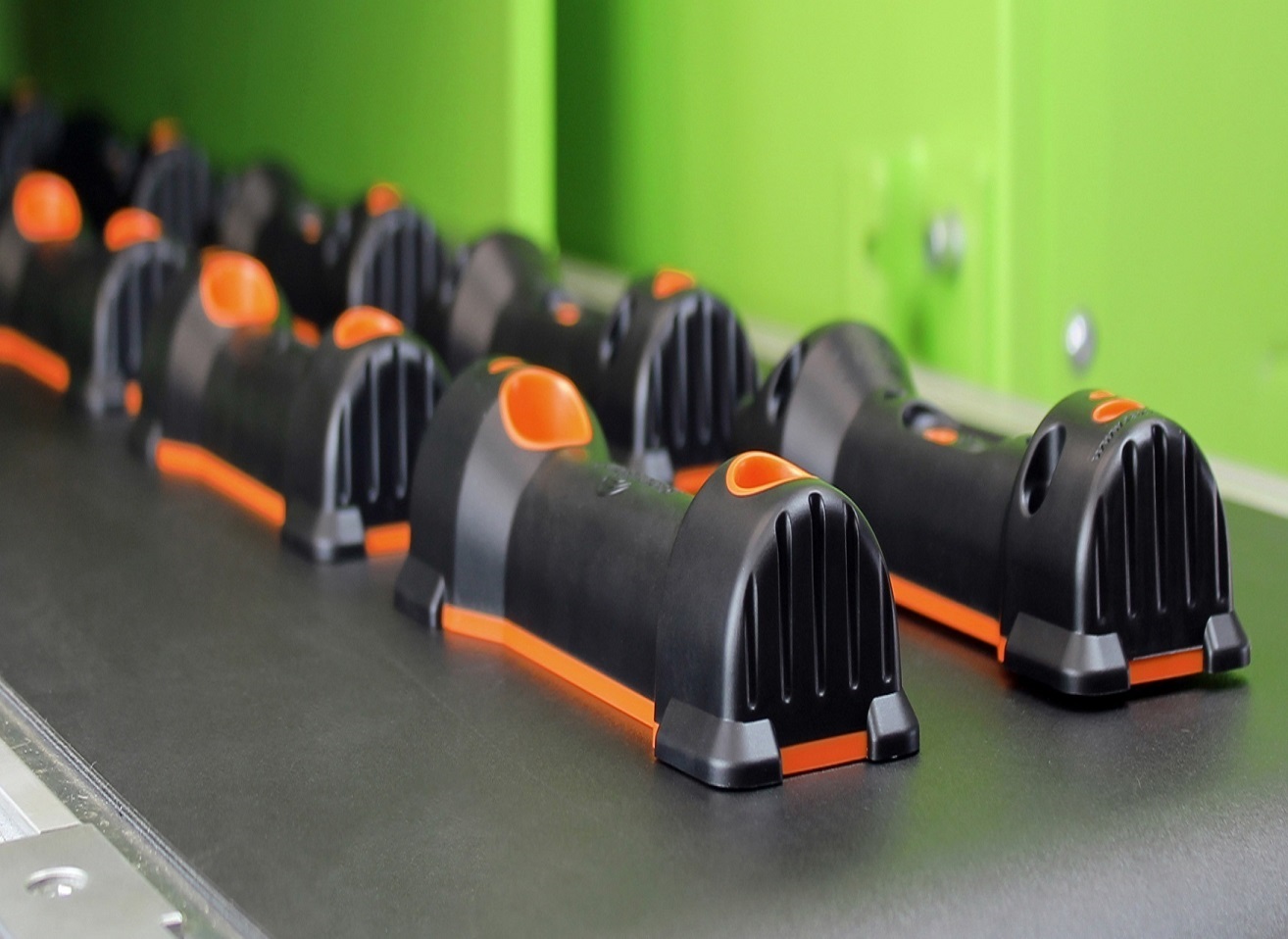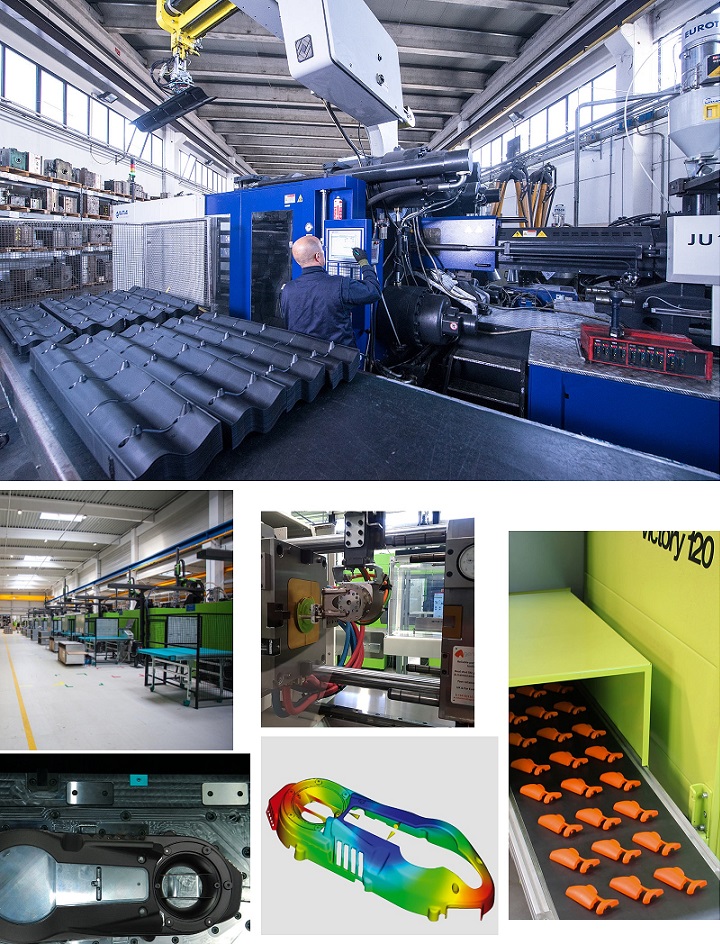Plastic Injection Moulding Parts Design, Development & Mass Production

Plastic Injection Moulding Parts Design, Development & Mass Production
As Lynx Global; in a very wide geography, within the network of the strong and dynamic relationships that we have established in long years and have been constantly developing in more than a hundred countries on five continents and by operating in many industrial sectors with a rich variety of products and services; we, together with our contracted direct manufacturer, qualified supplier partners; always do our best on the basis of “win + win + win” cooperation philosophy with all our personnel, machinery, equipment and facility possibilities, knowledge, experience, vision, mind and heart to respond fully and accurately to countless expectations and needs of our all customers in various industrial sectors in all countries that allow us to provide cooperation.
In this context, as Lynx Global & Its Supplier Partners Group; in the form of a body of expert competents equipped with advanced facilities where we work together like a single organization in a complete discipline of integration and a solid, intertwined structure in our every single project and every operation of our projects without exception; here, we present to you transparently and elaborately; our knowledge, experience, vision and all kinds of physical and other equipments, abilities and competencies and the sum and all relevant details of them regarding all the possibilities and capabilities which we all have together as one in total in this product + service class.
What is Injection Moulding?
Injection moulding is a mass production process capable of producing multiple quantities of solid plastic parts repeatedly at fast cycle times. Consequently it is very suited for high volume manufacturing. Moulds, also known as tools within the industry, are built up by using specialist machines.
As well as containing the shape of the finished part they have to withstand the high pressures involved, provide a channel for the molten plastic to flow into the mould, extract heat from the part and provide a method of ejecting the part once it is has solidified. The injection moulding machines are available in different sizes and are usually rated by the locking force (required to keep the mould closed) and shot weight (the amount of plastic that can be injected). Plastic granules are fed into the injection moulding machine which are then melted. The machine then forces the molten plastic material into the empty cavities of the moulding tool under high pressure.
After the cavities have been filled, the hot plastic material begins to cool. As the plastic cools it begins to take the desired shape, determined by the moulding tool. Cooling times vary depending on the size and complexity of the part and also the specific materials being used. Cooling of the component is carefully controlled and is carried out by circulating water or oil through the mould tool. Once the part has cooled sufficiently, the tool is opened and the finished moulding is ejected and removed from the machine by a robot. Once the injection moulded plastic part has been removed from the tool and clear of the machine, the tool then closes to repeat the process.
High-quality tools are essential for a successful injection moulding process. It is important to design tools that perform efficiently and can make high-quality components with a long life expectancy.
Injection Moulding Cycle Times
The cycle time of the injection moulding process is defined by the time it takes to make a complete part from closing the tool, injecting the plastic, cooling the polymer under pressure, opening the tool and ejecting a full part.
A short cycle time will improve manufacturing efficiency, allowing more parts to be made for the customer in a shorter time. A short cycle time is also paramount to achieve a competitively priced component.
Multi-Cavity Tooling Options
Each tool can consist of one or multiple cavities. These can be identical to each other or unique to allow one tool to produce differing sets of components.
For high volume requirements, it is ideal to design a tool that will make more than one identical part at a time.
For example; pre-form plastic components for making plastic bottles are produced in tools of up to 160 identical cavities. Accurate tool-making and precise process control are required to ensure that all cavities are realized equally in multi-cavity moulds.


